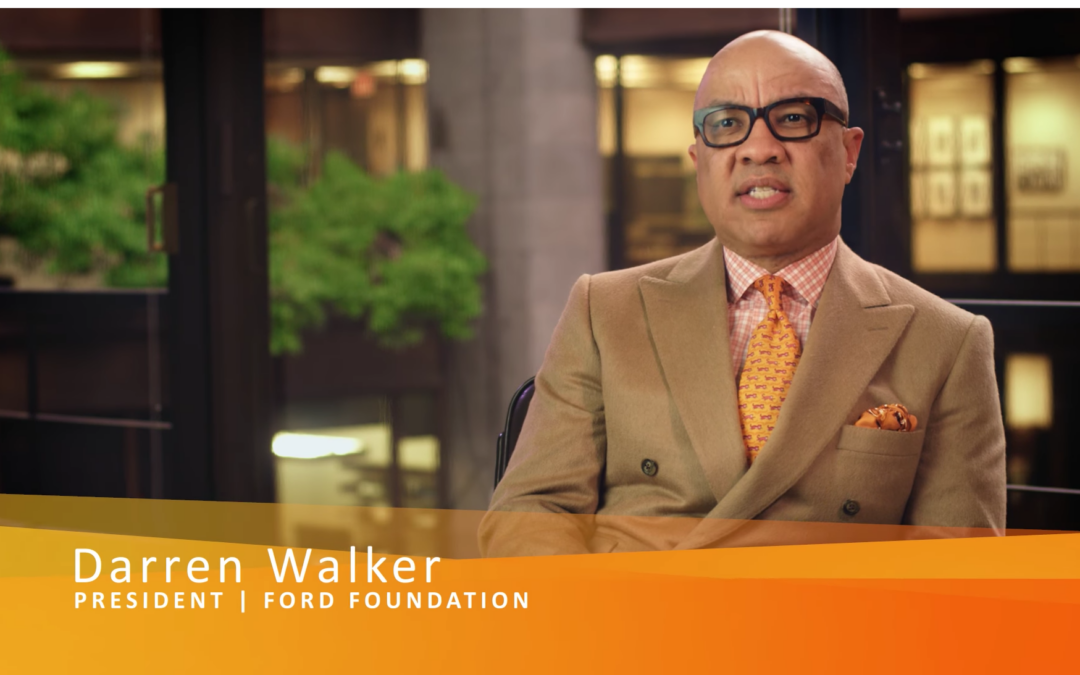Two weeks ago at the Communications Network conference in San Diego, I attended an informative breakout session about the tension that can exist between foundations’ evaluations and communications teams. The session delved into the pitfalls of having one team “drive” an agenda to the detriment of the other’s priorities. And judging by the packed room, it seems that many struggle with the fact that foundation communications are often either too wonky and difficult to understand — or have been run through the spin machine and are no longer true enough to data.
Listening to the session, I began to think about the questions foundations often ask us about communicating results from their CEP assessments. (As background, CEP’s assessments provide data to help funders learn about how they are doing and benchmark themselves relative to other grantmakers.) If a foundation decides to share its results, how can they do so in a way that is true to the data — especially when the results might not be as positive as a funder might have liked — yet at the same time is easy for their audience to digest, make sense of, and learn from?
Why Share Results?
We are often asked by foundations for examples of what it looks like to share back assessments with their grantees, donors, and the community at large. To date, more than 50 funders have publicized some or all of their CEP assessment results, and many others communicate what they’ve learned to select audiences. CEP leaves it up to each funder to decide whether or not to share their results, and we’ve seen that communicating results outside of the organization in some way can be beneficial for many reasons. These include:
- Transparency about successes and failures: Funders can lead the way in demonstrating that, by sharing both successes and failures openly and honestly, grantmakers can learn and improve together.
- Follow-up and ongoing learning: Sharing results can be a prime opportunity to invite further feedback from stakeholders, and to ask for guidance in addressing specific areas for improvement identified in the findings.
- Clarity on priorities: Public assessment results can provide an additional resource for grantees and other prospective partners to understand how a particular foundation approaches its work — strengthening potential future proposals or helping to identify areas of mutual alignment.
- Accountability: Self‐imposed accountability can serve as a first step in a funder making change. Publicly committing to improvement can leave room for ongoing progress checks.
- Motivation for internal change: When leadership makes the results of an assessment public, it’s a powerful statement to the foundation’s staff about the importance of feedback — and, more importantly, about the importance of always seeking to learn and improve.
What’s the Best Way to Communicate Results?
There is a broad range of options that foundations can undertake to share back their results in ways that are engaging, clear, and true to the data. At minimum, we suggest funders thank stakeholders directly for their time and participation in the survey, and explain why their candid and honest feedback is so crucial to the funder’s ability to best work with partners to achieve shared goals. In addition to that, we’ve seen some pretty creative and thoughtful approaches over the years that have included:
- Releasing the full results with a message from foundation leadership;
- Releasing excerpted results with commentary from leadership;
- Summarizing key findings and the foundation’s planned response; and
- Acknowledging participation in annual reports, newsletters, and social media.
Of course, we have also seen foundations that choose not to disseminate the results publicly take the work of learning and improvement nonetheless seriously. Regardless of what a funder chooses to share, there are many benefits in communicating clearly internally (and often externally) about the lessons learned. These include demonstrating transparency (a value that funders often desire in grant recipients), showcasing strengths while inviting accountability for growth areas, and initiating conversations that improve the work.
Throughout the Communications Network conference, the message that “communications matter” for effectively driving positive social change underlined every session. When a foundation decides to assess its work, that ethos is fundamental. Sharing out and communicating assessment results transparently, clearly, and accurately can be profoundly positive for driving improvement in the vital work of the funder, their stakeholders, and the wider field of philanthropy.
Many thanks to my CEP colleague Naomi Orensten, Manager, Assessment Tools and Advisory Services, for her many contributions to this post.
Grace Nicolette is director, marketing & programming, at CEP. Follow her on Twitter at @GraceNicolette.


